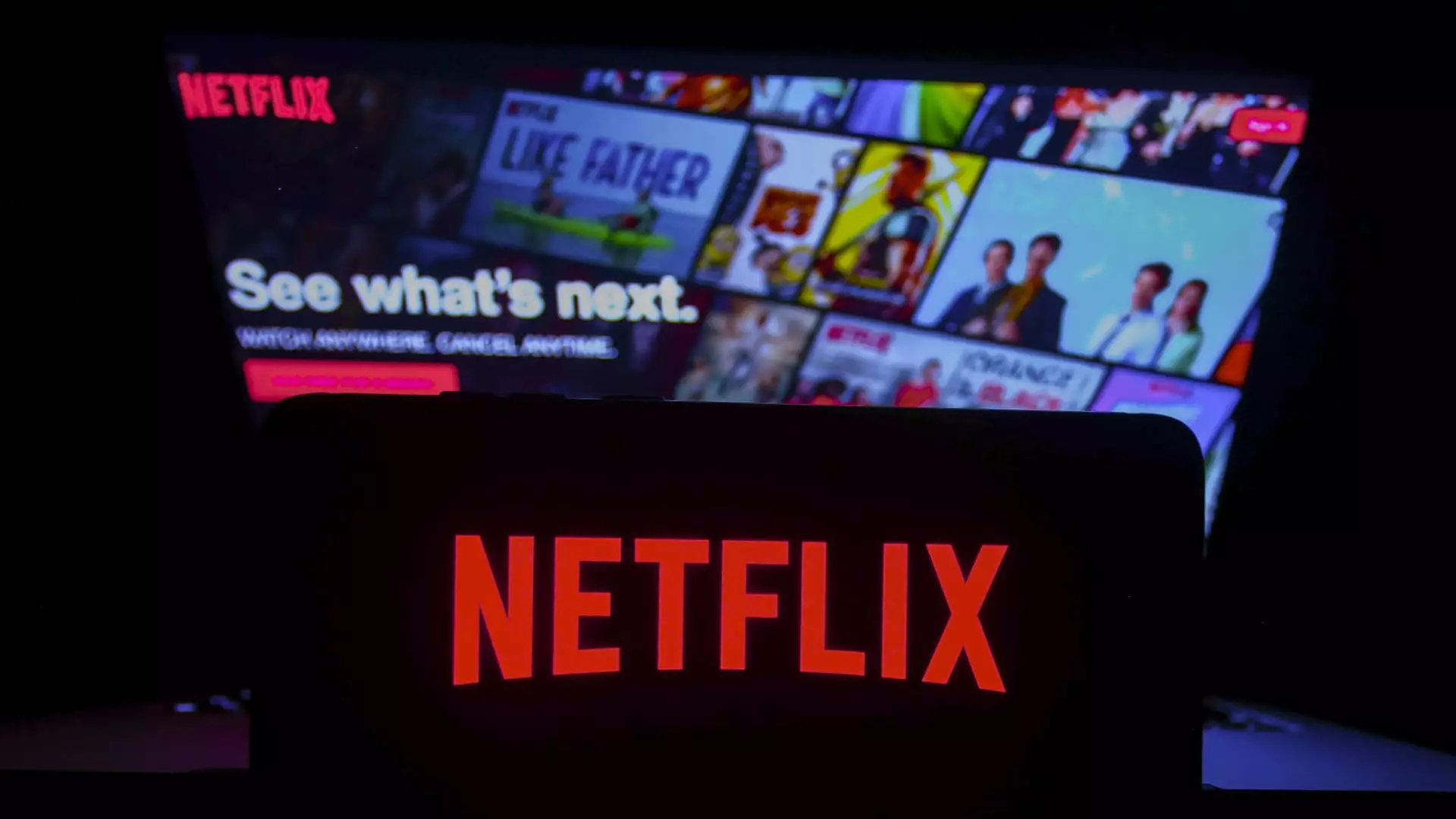For years, Netflix seemed invincible—a behemoth in streaming entertainment that could do no wrong. Its massive subscriber base and unparalleled content pipeline convinced many analysts and viewers alike that Netflix’s reign would continue indefinitely. However, upon closer scrutiny, it becomes clear that this so-called dominance is starting to crack. Financial reports showing record profits still mask a troubling decline in viewer engagement. While more users are subscribing, they are spending less time glued to the platform. This fundamental shift indicates that Netflix’s top-tier content may no longer be enough to sustain their colossal growth. Instead, it highlights the peril of complacency in a rapidly evolving media landscape where consumer attention is increasingly fragmented.
New Competitors Eroding Netflix’s Edge
The landscape has become more crowded and competitive, especially with YouTube’s rise in market share. While Netflix still boasts more hit shows, the reach and influence of free content platforms like YouTube are undeniable. YouTube now captures around 13% of total monthly viewership—considerably more than Netflix’s 8%. More importantly, YouTube’s content appeals to a broader, more diverse audience that values instant accessibility and varied programming—much of which is user-generated. This democratization of content production is a major threat, disrupting Netflix’s traditional model built on exclusive, professionally produced series and films. Netflix’s allure no longer relies solely on its studio lineup but must confront a new paradigm where amateur creators can deliver high-quality content at a fraction of the cost, thanks to advanced AI tools.
The Double-Edged Sword of Artificial Intelligence
Artificial intelligence, often heralded as the ultimate tool for streamlining operations and enhancing customer targeting, presents a paradox for Netflix. On one side, AI can dramatically improve ad targeting and reduce programming expenses, making their platform more profitable and efficient. Yet, this same technology empowers independent creators and amateur enthusiasts to produce professional-looking content, which is perfect for YouTube. As AI lowers barriers to high-quality production, it blurs the lines between professional and amateur, fueling the growth of user-generated content with high engagement potential. This trend threatens to dilute Netflix’s unique selling point—exclusive, high-production-value shows—while boosting platforms that champion free, accessible content.
Is Netflix Still the Most Valuable Media Player?
Despite recent jitters on the stock market, some industry experts, including Tom Rogers, still see Netflix as the leader—at least for now. Its brand value and content library maintain its Icarus-like altitude among mass media companies. Yet, that perception is increasingly fragile. The current trajectory suggests that unless Netflix innovates beyond its traditional model, it risks becoming outdated as viewers gravitate toward platforms offering more diverse, customizable experiences. Meanwhile, the rise of user-driven content fueled by AI creates a new battleground, forcing Netflix to reconsider its long-term strategy. The question is not merely whether Netflix can sustain its dominance but whether it can adapt quickly enough to the new realities of consumer preferences and technological advancements—a challenge that may prove larger than it appears at first glance.

